nowadays nanoparticles applications in agriculture 2020 are common. everyone know that these products have many advantages. in industry and agriculture reduce the costs. in this article you will more familiar with applications of nanoparticles.
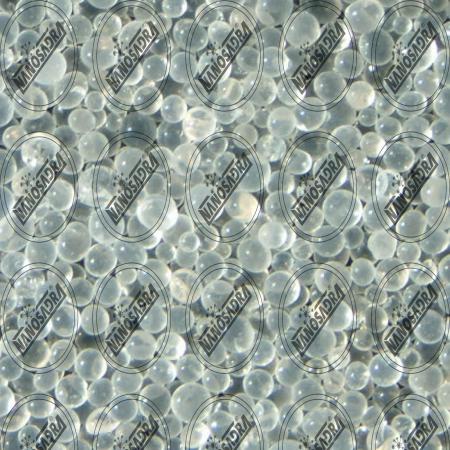
What is nanoparticles applications ?
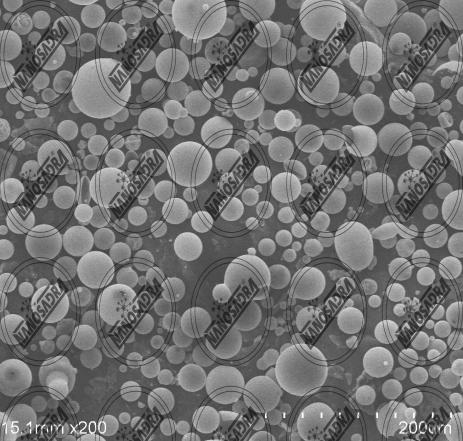 The application field of mixed nanoparticles is rapidly expanding, that mentioned in bellow:
The application field of mixed nanoparticles is rapidly expanding, that mentioned in bellow:
Electronics: From printing inks to electronic chips, gold nanoparticles can be used as their conductors. Now that electronic products are getting smaller and smaller, gold nanoparticles have become a very important part of chip design.
Photodynamic therapy: gold nanoparticles (including nanoshells and nanorods) in the near-infrared absorption band generate heat when excited by light with a wavelength of 700 to 800 nm. This feature enables nanoparticles to destroy target tumors.
Therapeutic agent delivery: The therapeutic agent can be coated on the surface of the gold nanoparticles. Gold nanoparticles have a large specific surface area, which makes their surface covered with many molecules (including therapeutic drugs, targeted drugs and antifouling polymers.)
Sensors: Gold nanoparticles are used in various sensors. For example, a colorimetric sensor based on gold nanoparticles can distinguish whether food can be eaten.
The probe: gold nanoparticles can also scatter light and produce an interesting color under a dark field microscope. Today, the color scattered by gold nanoparticles is often used in biological imaging.
diagnosis: In the diagnosis of heart disease, cancer, and sources of infection, gold nanoparticles are often used to detect biomarkers.
Catalysis: Gold nanoparticles are used as catalysts in many chemical reactions. 7 The surface of gold nanoparticles can undergo selective oxidation or in some cases, a reduction reaction (nitrogen oxide). Gold nanoparticles are also used in fuel cells.
Cheap nanoparticles applications in agriculture?
 In agriculture, this technology is being used to reduce the application of agrochemicals, fertilizers minimize loss and increase plant production through optimization of nutrients.
In agriculture, this technology is being used to reduce the application of agrochemicals, fertilizers minimize loss and increase plant production through optimization of nutrients.
This is possible through nanocapsules that release pesticides, fertilizers and other agrochemicals in a more efficient and controlled way. and nanoparticlesthat adhere to the materials (eg, proteins, lipids, hormones, etc.) that are going to be released.
Additionally there are nanosensors , which can monitor the growth conditions of crops, and also detect insects and pathogens present in plants.
The nanoparticles (nanocrystalline nano powder) have a dimension of 100 nm or less, and a large number of atoms, which allows a greater surface area by weight and therefore, a strong adhesion with other particles .
To put in context what is the size of a nanoparticle, a cell is 10 mm (micrometers) wide. The parts of the cell are even smaller, and the proteins contained in the cell are 5 nm in size, which is comparable to the size of an artificially produced nanoparticle .
There are various forms of nanoparticles, which are naturally produced by volcanic ash, ocean spray, and dust storms.
But there are also nanoparticles artificially produced from metals such as copper, gold, silicon and titanium, among others. Depending on the application, the nanoparticle varies in chemical composition, shape, surface characteristics, and mode of production.
The use of cheap nanoparticles in agriculture is relatively new, and is currently focused on genetic modification and regulation of plant metabolism for better crop production; from the release of agrochemicals to the insertion of nucleotides in the cell .

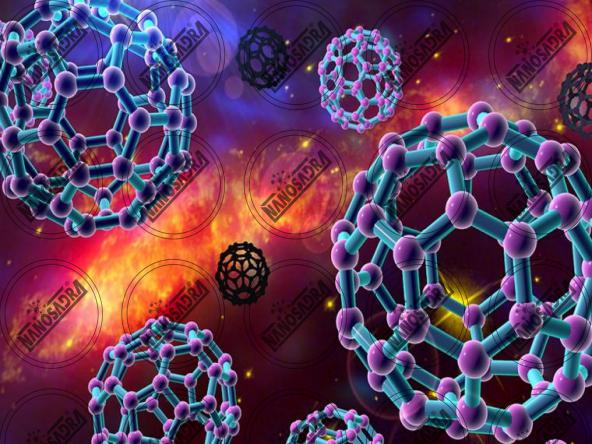
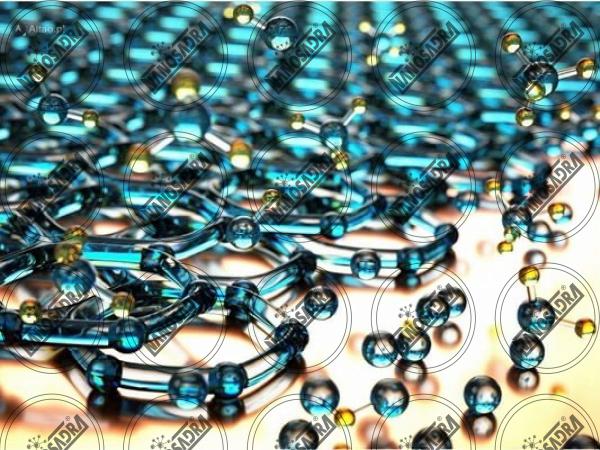
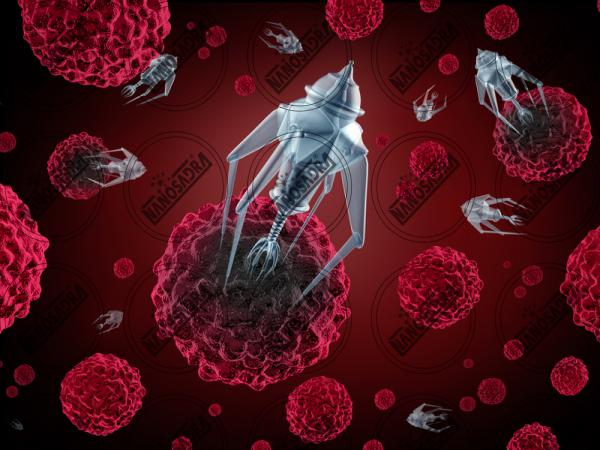

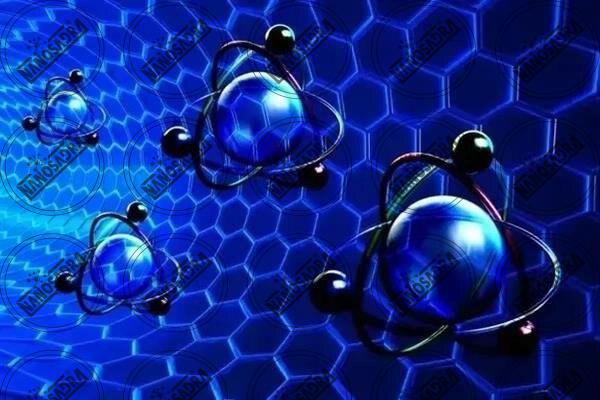




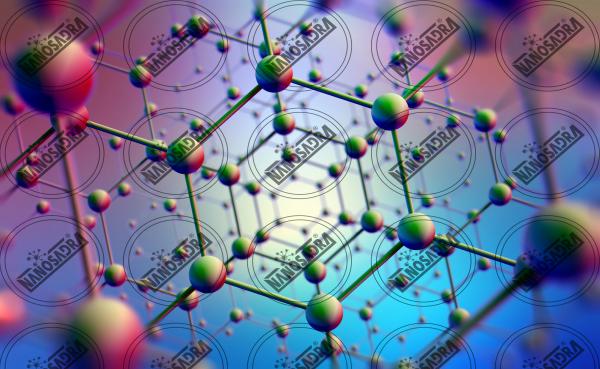
Your comment submitted.